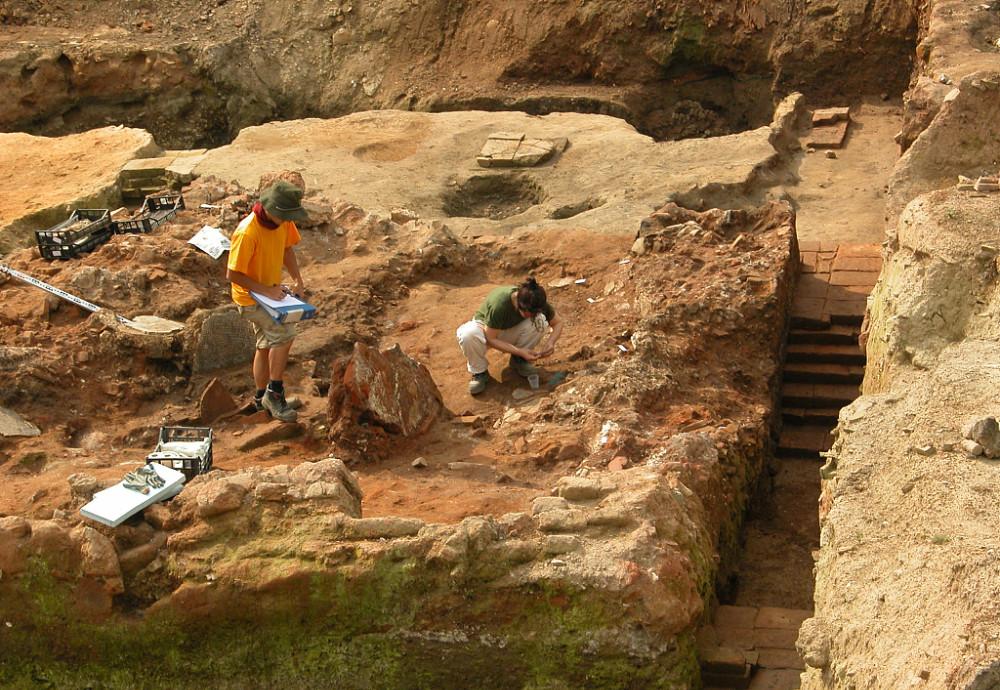
In 2017, in Miaoshanjian Village, Quzhou City, Zhejiang Province, after a heavy rain, villagers went up the mountain as usual to work and found many potholes of different sizes. The villagers immediately reported the case to the local public security organs, because everyone listened to the legend of the old people that there was an ancient tomb in the miaoshan tip area, so people knew that it was a robbery cave as soon as they saw the pit. The relevant departments received the report and quickly organized personnel to arrive at the scene and carried out rescue archaeological excavations of the ancient tomb.
The Qujiang area of Zhejiang Province in ancient times belonged to the jurisdiction of the ancient Yue State, and from the perspective of the shape of the tomb, it belonged to the Spring and Autumn Warring States Period, but the Yue State in the Spring and Autumn Warring States Period belonged to the barbaric land, the productivity was low, and the emergence of such a large-scale tomb group must have been a more famous nobleman at that time. However, looking at the historical data, no relevant description can be found in the ancient Yueguo materials.
With the deepening of archaeological work, more surprising things have emerged, from the funerary products excavated at the site, there are a large number of well-made bronzes, jade, porcelain, etc., these funerary products, whether from the production process or the shape of the instrument, a bit like the late Eastern Zhou Dynasty, but in this period of the Yue Kingdom is rarely buried bronze.
Through the examination of historical materials, a more shocking historical fact gradually appeared clearly in front of the eyes of archaeologists. As early as the early Western Zhou Dynasty, there was a gu contemptuous state in the Qujiang region. At that time, the production process of bronze and porcelain in the Gu Contempt State far exceeded that of the Central Plains, and even in the later centuries, it was not until the Eastern Zhou Dynasty that it gradually merged with the Central Plains and became a vassal state of the South Vietnamese State, and the Gu Contempt State gradually disappeared in the long river of history. However, the customs of the early Gus are also slowly depicted by archaeologists, who live in the water, like to eat clams and shellfish, cut hair tattoos, chicken bone divination, and gradually integrate into the Central Plains in the Warring States period of the Eastern Zhou Dynasty, thus gradually fading out of people's vision.